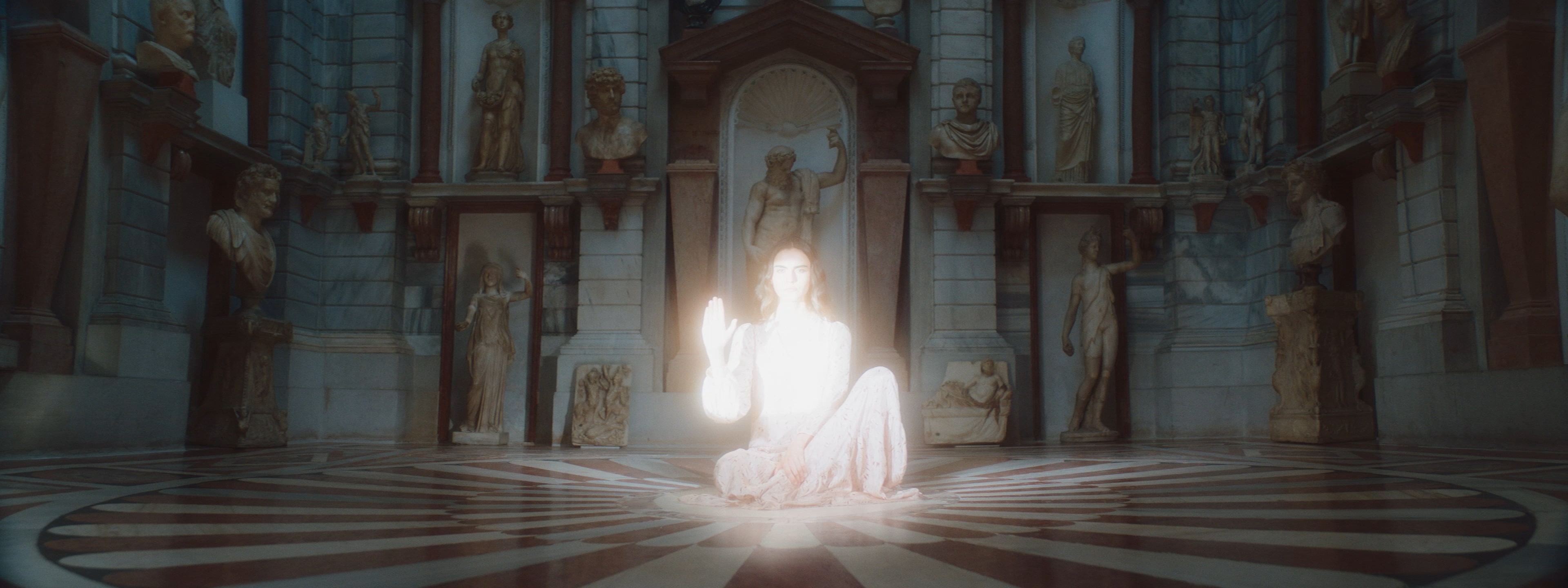
With nods to the films of Andrei Tarkovsky, the constantly moving camera in Giulia Achenza’s Fenice fashion film probes the nature of rebirth, allowing its model Maria Vittori Franzini to take on the movements of a phoenix. Shot in the iconic Venetian locations of Hotel Aman, Grimani Museum and Sant’Erasmo, this dance-led short uses its amazing, transient locales to show off the exclusive 2021 Spring/Summer collection of the Italian brand Momoni. Achenza joins us to talk about splitting the film into two distinctive parts, using non-linear time frames, taking inspiration from classical art, and much more.
How did you get the commission for this film?
I had known the brand Momoni for a long time and I really love their work and aesthetic. They had been following my work as a director, which made things easier. They decided that they wanted to make a fashion film as a commentary on what has been going on globally. They simply reached out to me and we started talking. It was a very direct approach.
How much freedom were you given on the project by Momoni?
Well, right from the beginning we talked about doing something about hope and rebirth (especially considering the pandemic). It was a very organic discussion, with constant feedback between us. That’s the best way to work for me, as there are no surprises at the end. I was very free so I was just coming up with ideas and felt comfortable enough sharing them, such as the rebirth of the phoenix. Interestingly, at one point I did consider a male character, but the more we talked the more I realised this was going to be the story of a woman and her awakening. We were just on the same page throughout, which made things easy.
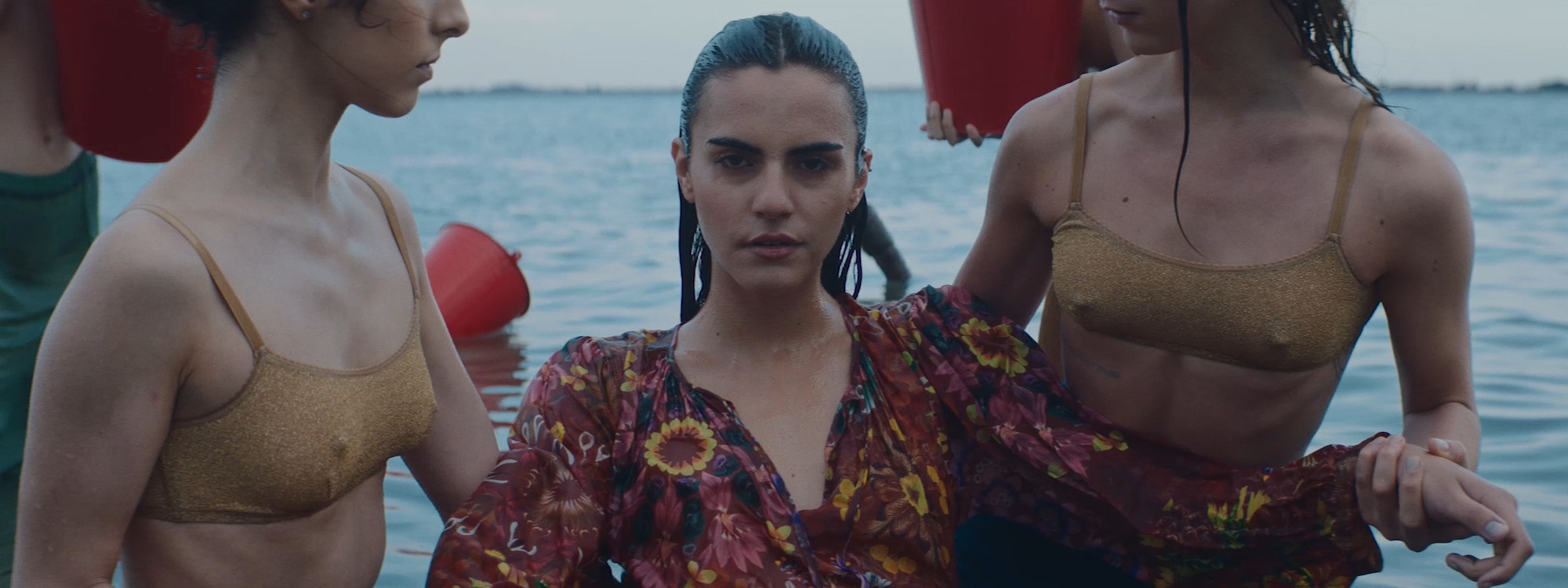
How did you design the dance moves? Did you work with a choreographer?
I did. His name is Francesco Siega from the Scuola Danza Diaghilev in Venice. The movements were mostly inspired by the music. We focused on two specific sets: In the first part of the film, you can see the bodies almost crawling out of the walls of the rooms, as if they were waking up. Narrow movements, closed movements. In the second part, the range of movements calls for openness reminding us of the fluidity of water. I wanted to share this constant play between fire and water, with movements inspired by Pina Bausch. Interestingly, the dancers are not meant to be seen as separate characters, but rather all parts of her — different emotions in one being.
Past, present and future all share the same space in an infinite cycle.
The description positions the film as an ode to the cyclical nature of life. Can you expand on how you wanted to create that feeling in the work itself?
As we progress into the film, places that we have seen before appear once again. None of it is meant to be perceived in chronological order. I wanted to play with the idea of how time isn’t static. Something that has happened before will happen again. Past, present and future all share the same space in an infinite cycle. For example, you can see that the first scene is also an allusion to the last one.
How did you cast Maria Vittoria Franzini?
She was perfect for the part. We needed a strong, beautiful and sophisticated character. Interestingly, on top of being a model (represented by Next Model Management in Milan), she also studied philosophy. Which is what might have attracted me to her — there was something about her that was quite deep and thought-provoking. I think you can see that in the film.
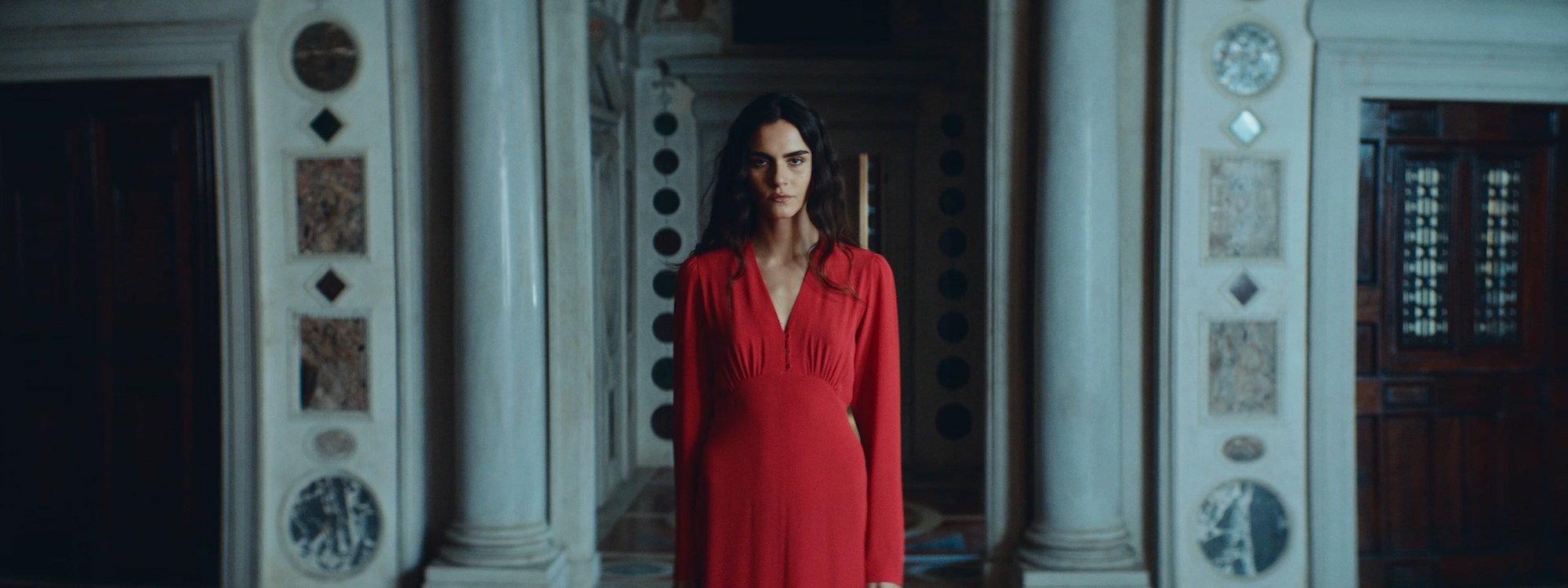
There are two quite contrasting locations here. One is the grand interiors and the other the expansive nature scenes. Both locations create a dialogue with one another, with returning to nature associated with rebirth. What was the idea behind placing these two settings together in the same film?
I would actually say that there are three main locations to the film. The first, an indoor location, is when we are waking up from a certain stillness and numbness. Once we go outdoors, there is a return to life in which we embrace nature and are reborn. Lastly, in the temple, we are surrounded by art, which to me is something that can be a gateway to achieving spiritual fulfilment and enlightenment.
I love the music — starting from being quite trippy to the same theme repeating itself but in a slower, guitar-heavy way in the second half. Can you tell me about your work with Francesco Mele?
Francesco is a dear friend. We speak the same language but his is expressed through music whereas mine is expressed through visuals. He gets me – he worked with the visuals I provided to him and created the sound accordingly. As you noticed, the idea of repetition is also built into the music. This is the third time we have collaborated and I find that his music complements my images perfectly.
What’s it like shooting in iconic locations such as the Hotel Aman, the Grimani Museum and Sant’Erasmo?
Well, it all comes down to the type of beauty which you can only find in Venice. You can’t separate any of the locations from the city itself. You can feel the city’s life-force through its buildings, which are constantly changing because of the water. It’s one of those places whose beauty can truly be appreciated precisely because it’s fading away. You can sense its mortality, as if it were breathing. Rome, for example, will be there forever. The beauty in Venice is fleeting.

How did you achieve the floating shot?
This scene was a tribute to Andrei Tarkovsky’s Mirror and The Sacrifice. We basically just had a cube-like green screen, which Maria Vittoria laid on. And then a wind machine. The rest was down to the skills of the super talented DoP Alessandro Ubaldi and Editor Federica Intelisano, who worked her magic in post production.
I loved the match cuts as well, especially the one midway through where Maria is staring at the camera inside before it cuts to her in a similar position outside. Did you always want to have these in the film, and what was the challenge of creating them?
I always wanted them in and it wasn’t particularly challenging to create them. Maria has such a strong and powerful presence that most of the work came down to the depth of her stare. I think they were necessary — once again it’s about this idea of repetition and continuation, the same but different. I wanted to play with the viewer’s perspective and have us challenge our perception of time.
Fashion film was my starting point. It’s a genre that allows me to experiment a great deal as it doesn’t really have any boundaries.
From the sculptures and artwork to the Voltaire quote, I felt there was a bit of an Enlightenment-era aesthetic throughout the film. What attracted you to the sculptures and frescoes that give this film a lot of classical colour?
Art forms an integral part of this work. Both aesthetically, but also conceptually. Through the ages artists have constantly reinvented and challenged themselves through new artistic movements. The sculptures in the film are meant to be a reminder of this. Art is timeless and in constant evolution, it reinvents itself by taking inspiration from what has already been. Similarly, rebirth becomes something very natural to us — the idea of starting anew and becoming a different version of ourselves but in essence, remaining the same.
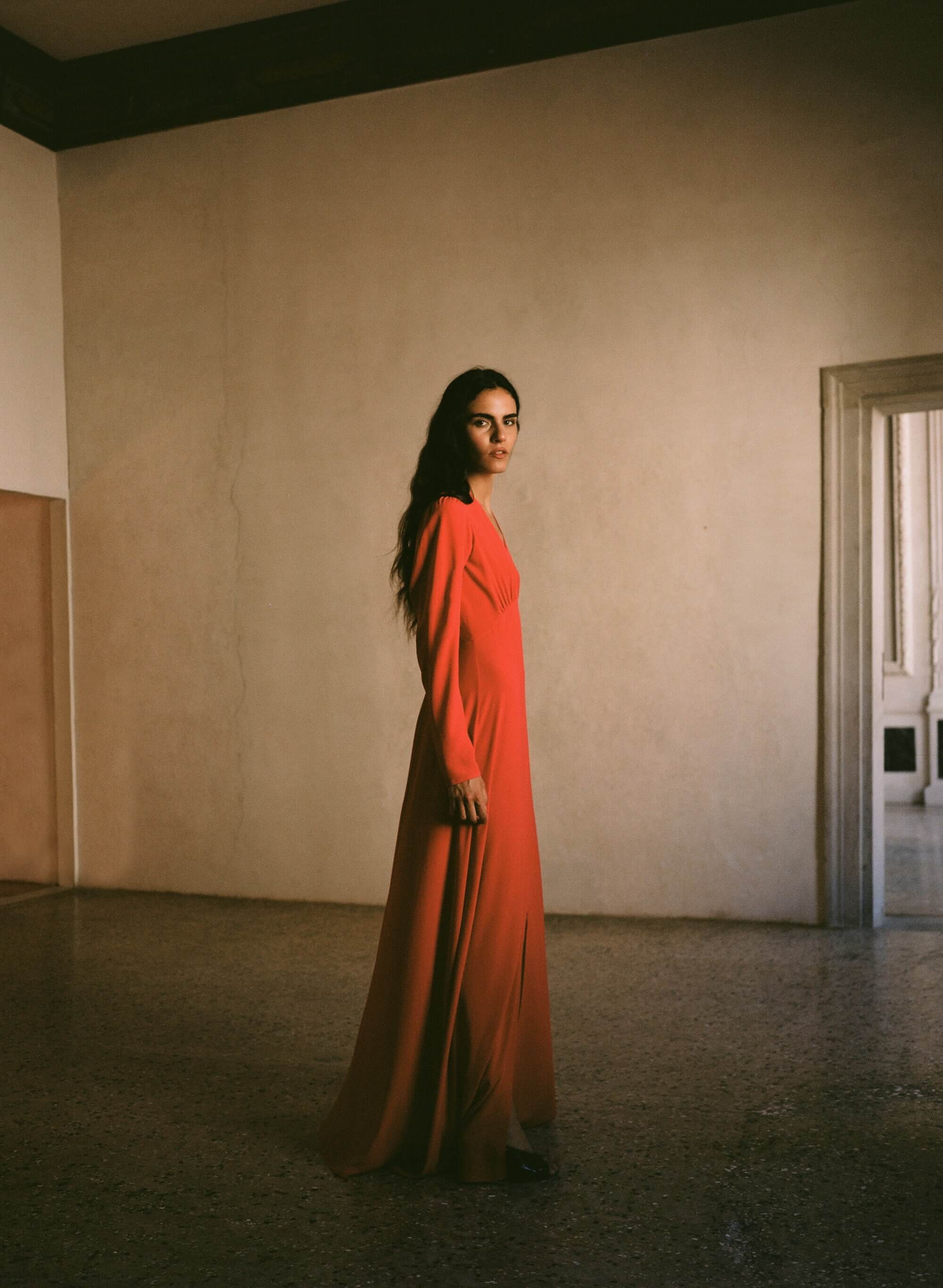
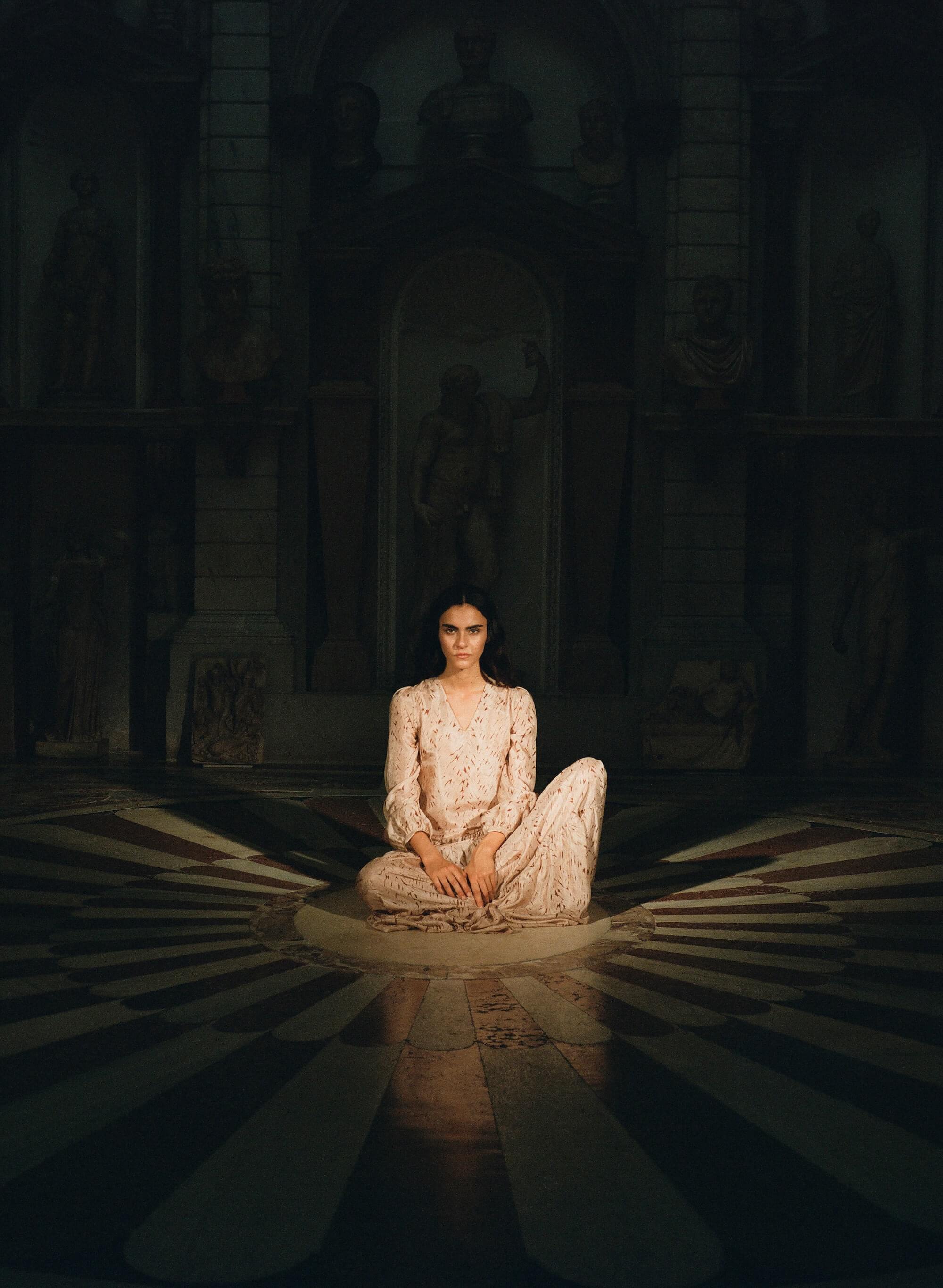

You have worked on a lot of fashion films. What attracts you to the genre?
Fashion film was my starting point. It’s a genre that allows me to experiment a great deal as it doesn’t really have any boundaries. After all, there’s the forever unanswered question of what defines fashion film. However, what I’m truly attracted to is beautiful imagery. I guess fashion films are my idea of what cinema should look and feel like. Obviously, my dream is to make a feature (surprise!) but I believe that the short form can be just as beautiful.
What are you working on next?
Surprise, surprise, surprise. I can’t say anything yet, as it hasn’t been confirmed. But make sure you keep your fingers crossed for me.


